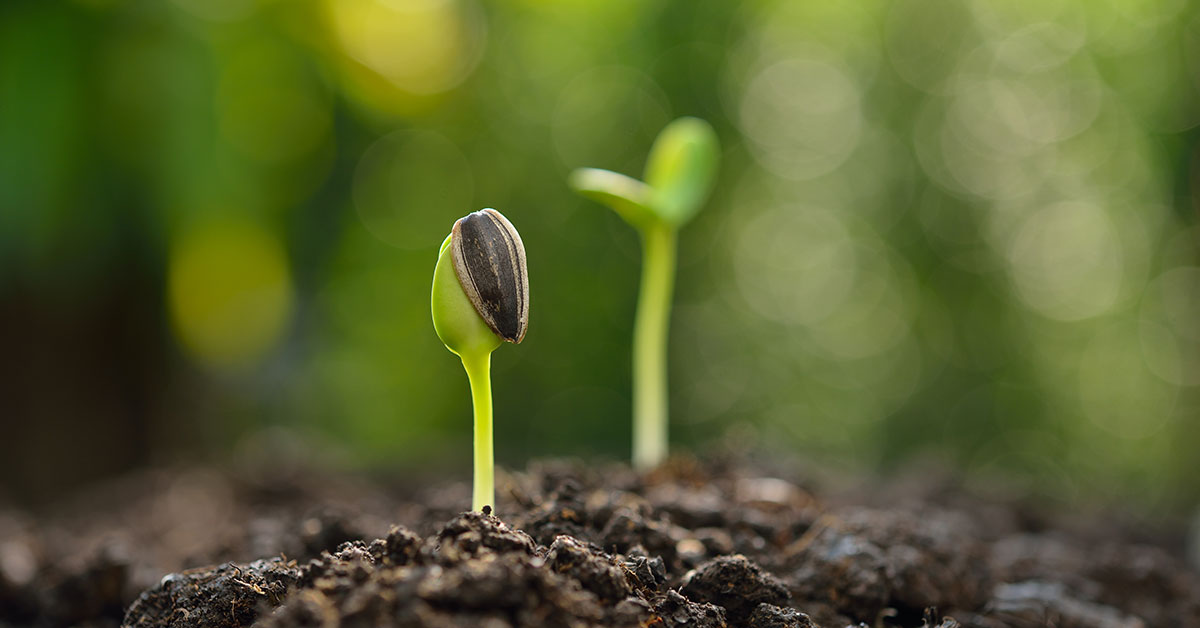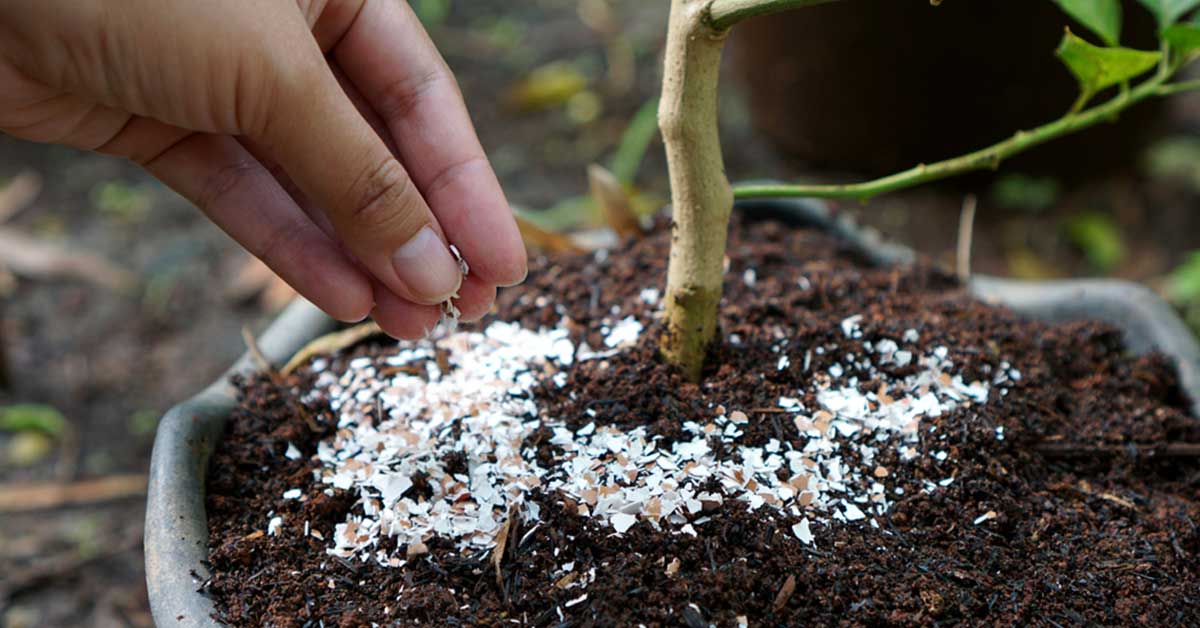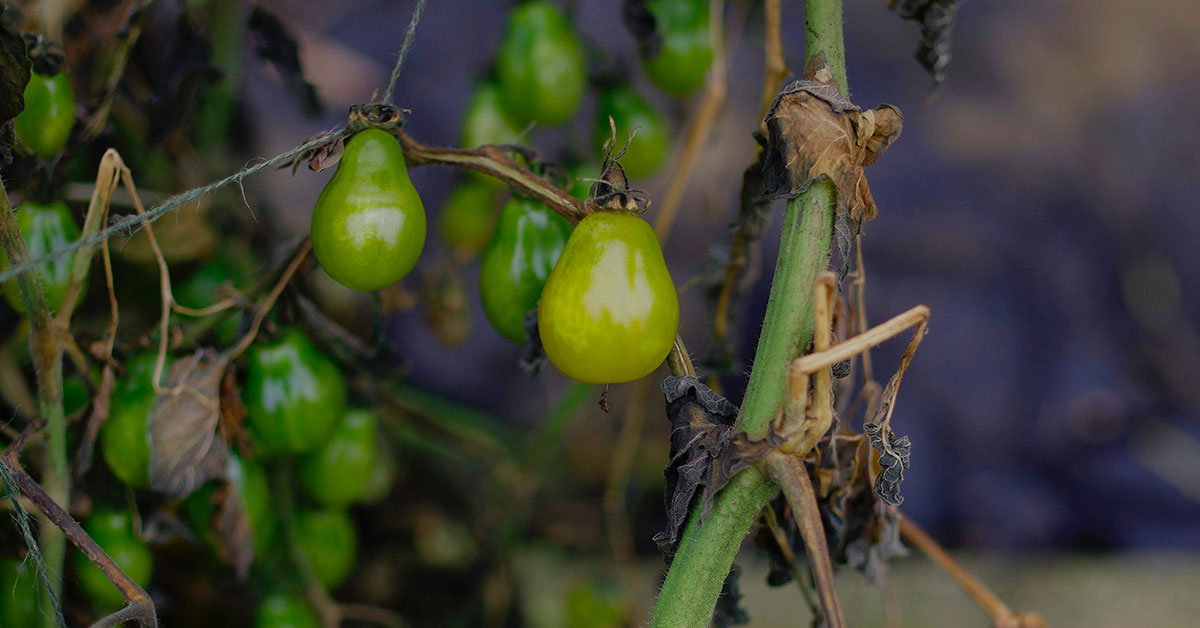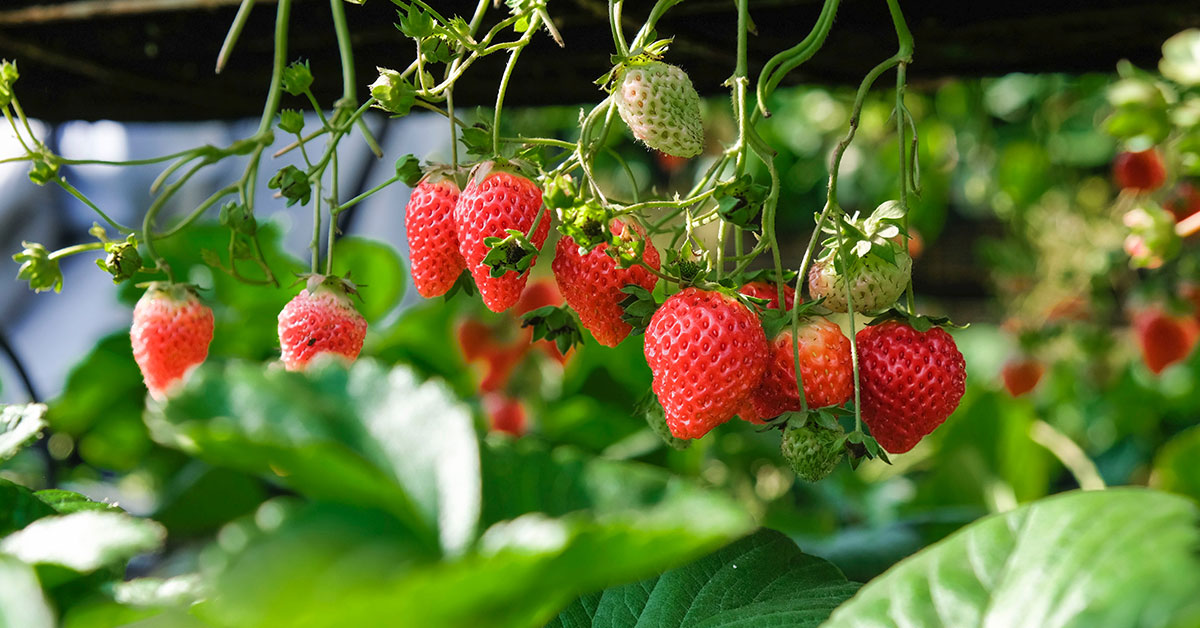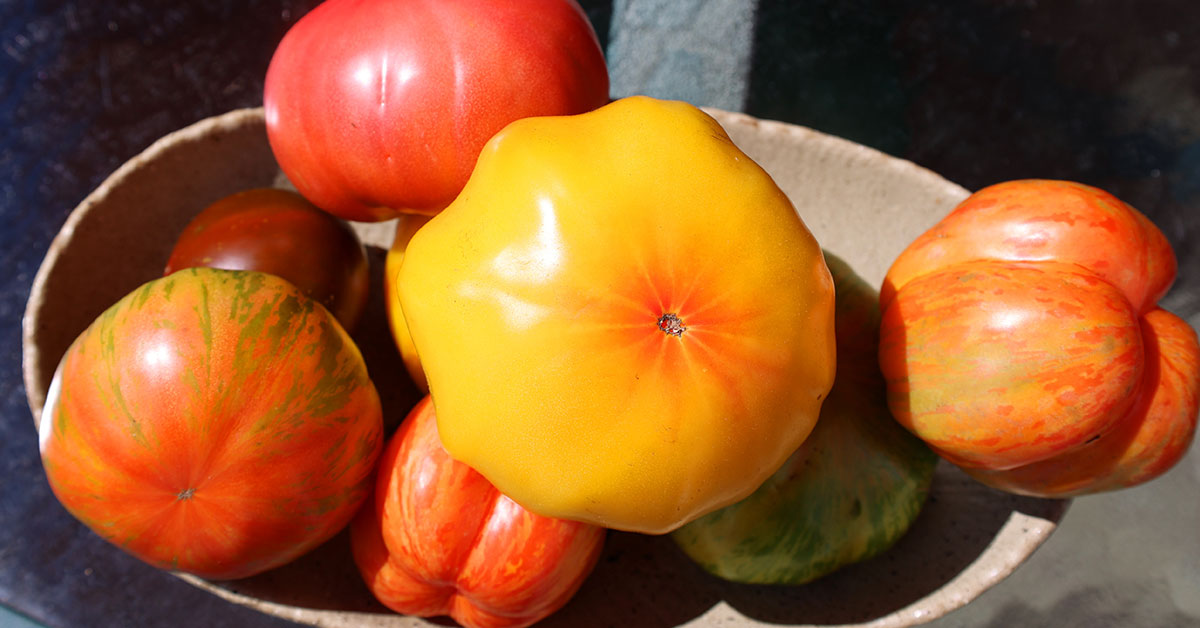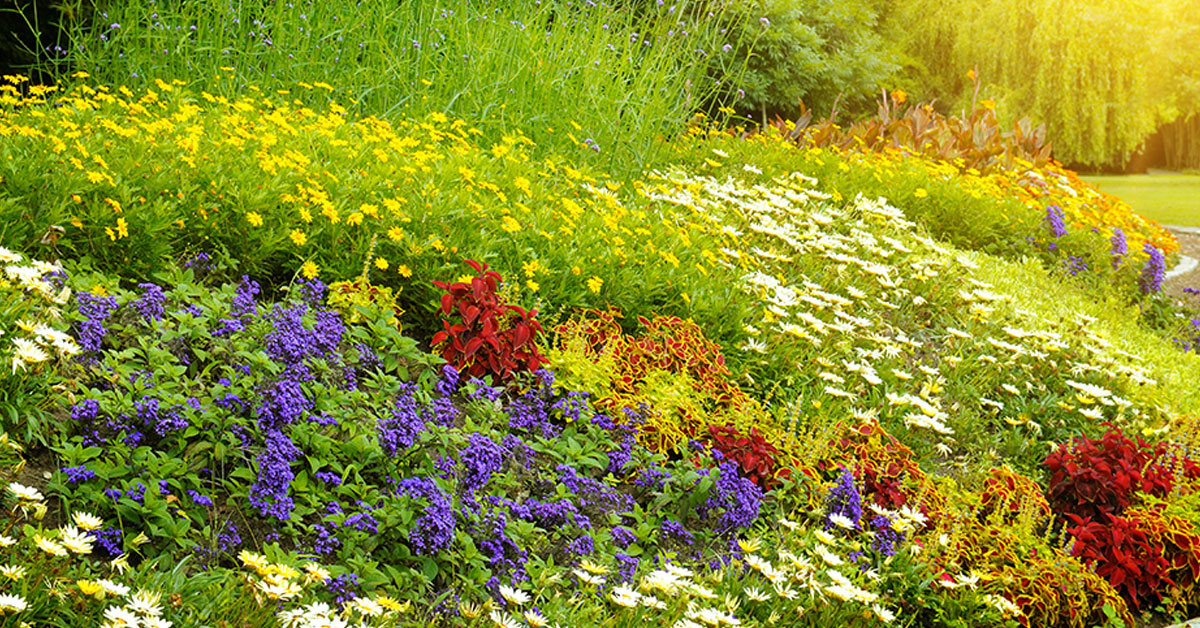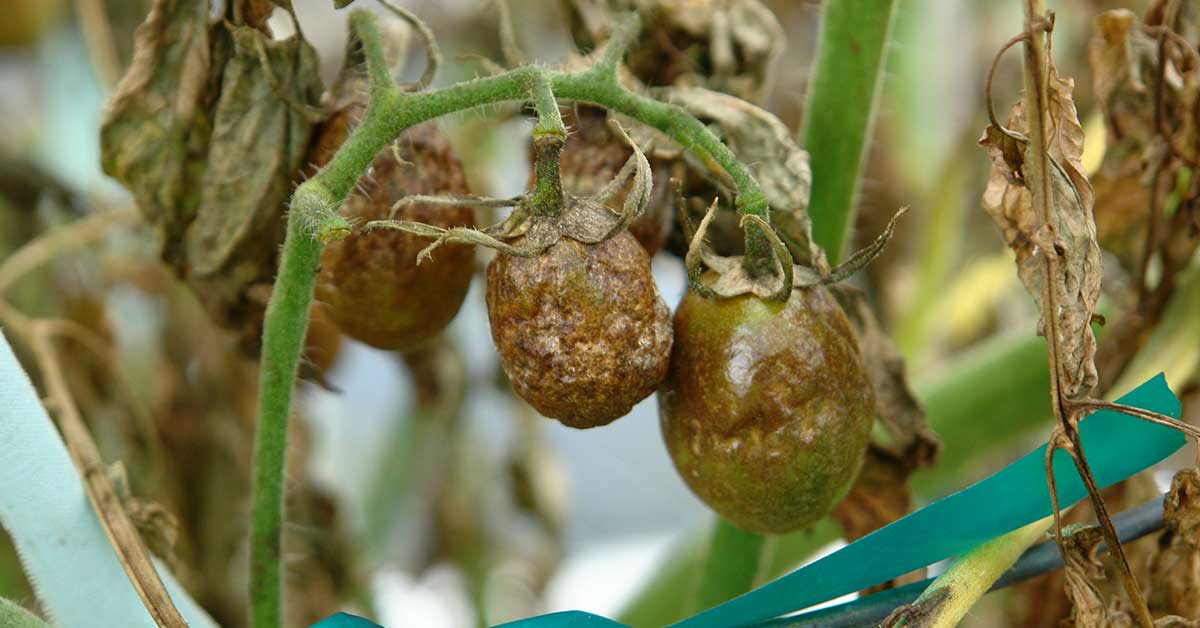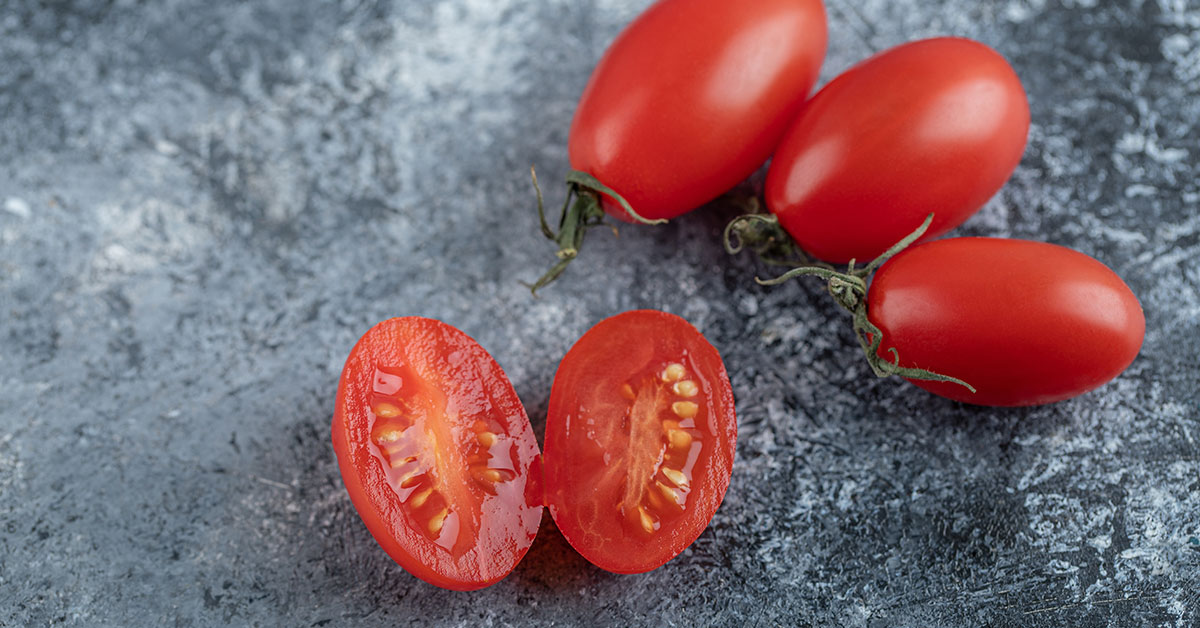Gardening in hot climates can be both rewarding and challenging. The intense heat and strong sunlight can create a harsh environment for many plants, but with the right strategies, you can successfully grow a bountiful vegetable garden! Heat-tolerant plants, proper watering techniques, and strategic planning are key to thriving in these conditions.
In this article, I’m excited to share eight tips for growing vegetables in very hot climates. These tips will help you manage the challenges of high temperatures and ensure your plants receive the care they need to flourish. Whether you’re a seasoned gardener or just starting, these practical strategies will make your gardening experience enjoyable and productive!
Choose Heat-Tolerant Varieties
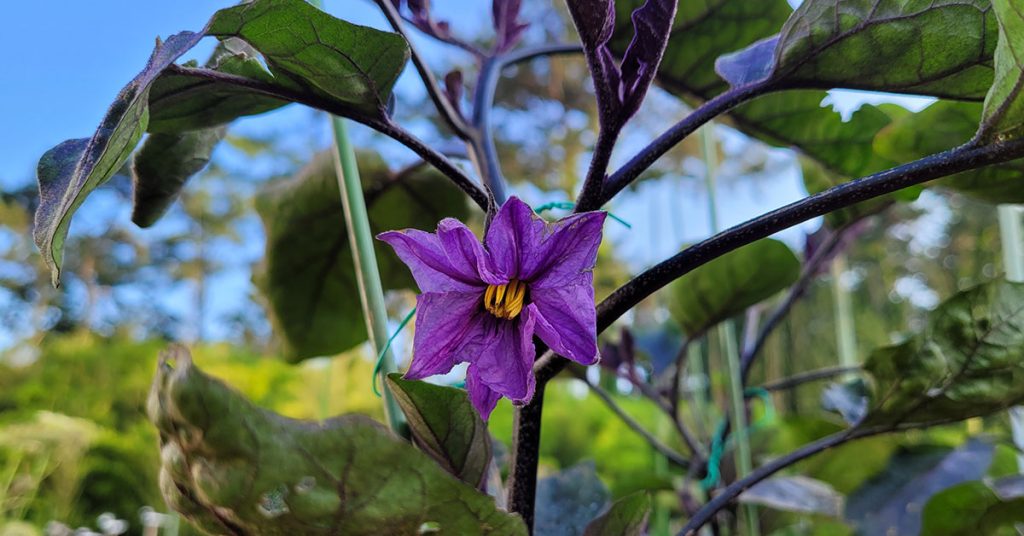
One of the most important steps in growing vegetables in hot climates is selecting the right plant varieties. Some vegetables are naturally more heat-tolerant than others and can thrive even in extreme temperatures. For example, okra, sweet potatoes, eggplant, and peppers are known for their ability to withstand high heat.
When selecting seeds or seedlings, look for varieties specifically bred for hot climates. These plants often have built-in resilience to heat stress and are more likely to produce a successful harvest. Reading seed catalogs and consulting with local nurseries can provide valuable information on which varieties perform best in your area. By choosing heat-tolerant vegetables, you set the foundation for a thriving garden!
Provide Adequate Shade
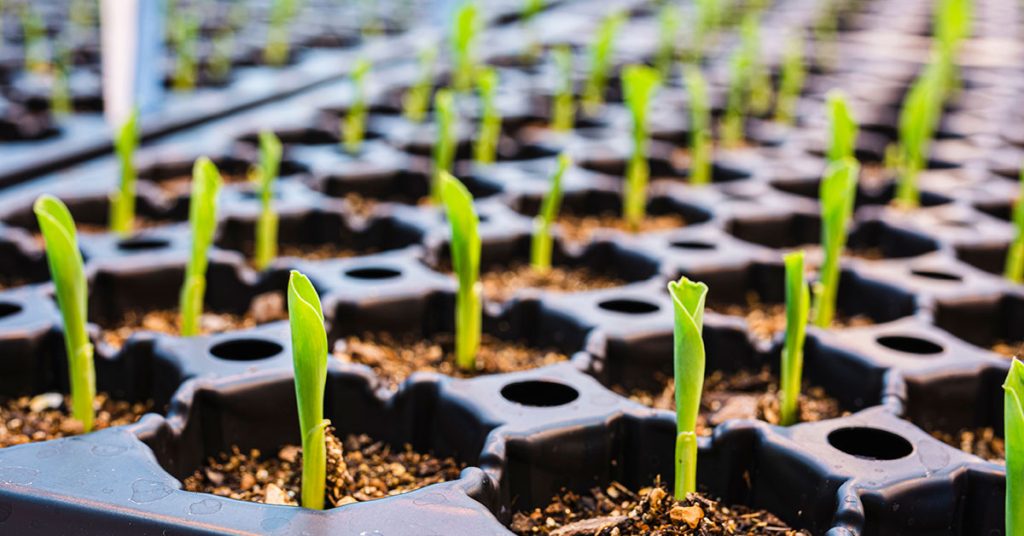
In very hot climates, providing shade for your vegetables can help protect them from intense sunlight and reduce heat stress. Using shade cloth, row covers, or strategically planting taller crops to create natural shade are effective methods. Shade cloth comes in various densities, so choose one that provides the right balance of light and protection for your plants.
Install shade cloth or other shading devices before the hottest part of the day to keep your vegetables cool. You can also use trellises and arbors to create shaded areas. One of my favorite tricks is to plant sunflowers or corn as natural shade providers—they grow tall and create a canopy under which more delicate plants can thrive. Proper shading can make a significant difference in maintaining healthy plants during extreme heat!
Mulch Generously
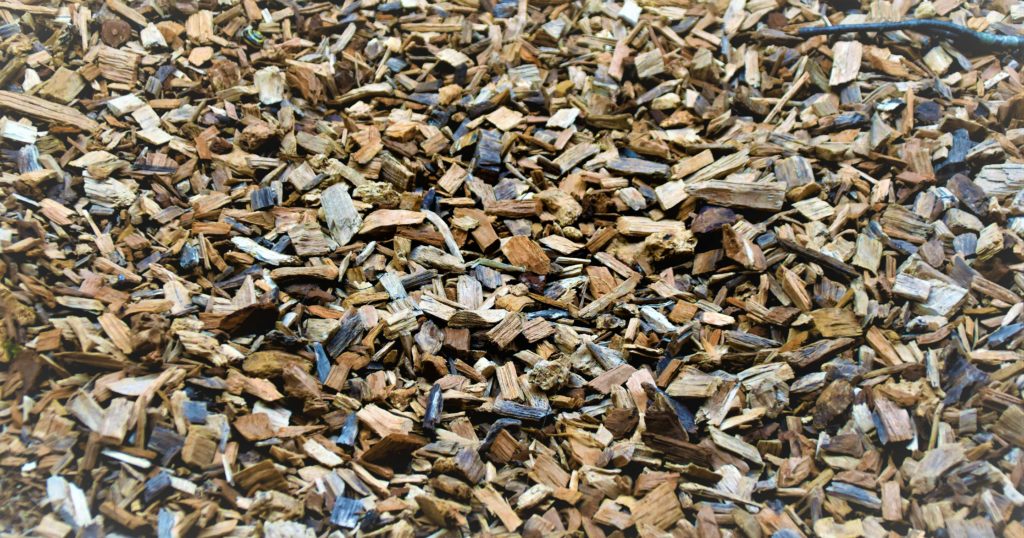
Mulching is a gardener’s best friend in hot climates! Applying a thick layer of organic mulch around your plants helps retain soil moisture, regulate soil temperature, and reduce weed competition. Materials such as straw, grass clippings, leaves, and compost make excellent mulch. Mulch also adds organic matter to the soil as it decomposes, improving overall soil health.
Spread mulch about 2-4 inches deep around the base of your plants, ensuring it doesn’t touch the stems directly to prevent rot. Mulching not only keeps the soil cooler but also conserves water by reducing evaporation. This is particularly important in hot climates where water can be a precious resource. Mulching is a simple yet highly effective way to protect your garden from the harsh effects of heat!
Water Deeply and Consistently
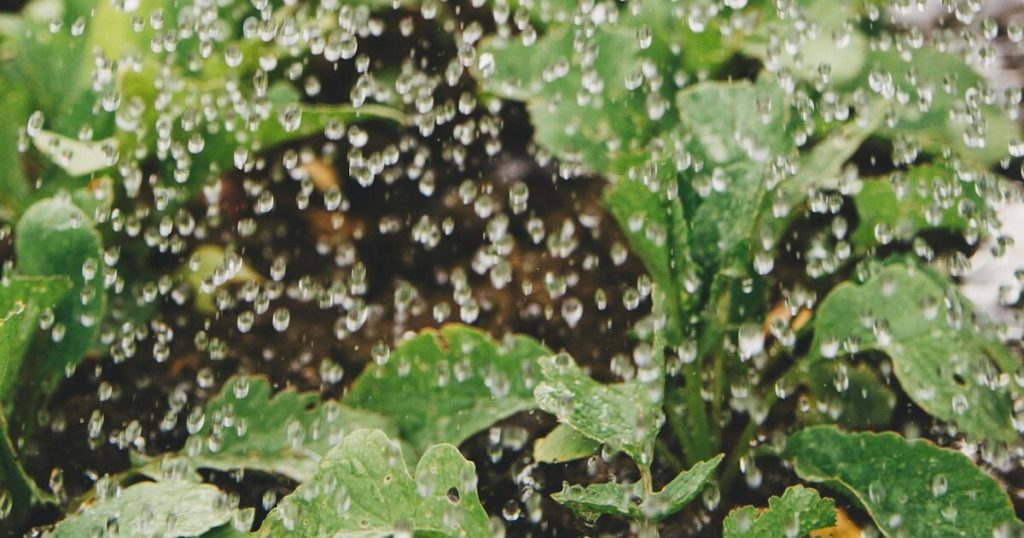
Proper watering is crucial for growing vegetables in hot climates. Deep and consistent watering encourages plants to develop strong root systems that can access moisture from deeper soil layers. It’s better to water thoroughly and less frequently than to give your plants a light sprinkle every day. This helps prevent shallow root development and ensures your plants can withstand heat stress.
Water your garden early in the morning or late in the evening when temperatures are cooler to minimize evaporation. Drip irrigation systems or soaker hoses are excellent for providing consistent moisture directly to the roots while conserving water. One of my favorite gardening practices is to check soil moisture regularly—sticking your finger into the soil can give you a good sense of whether it needs watering. Consistent, deep watering is key to thriving plants in hot climates!
Improve Soil Quality
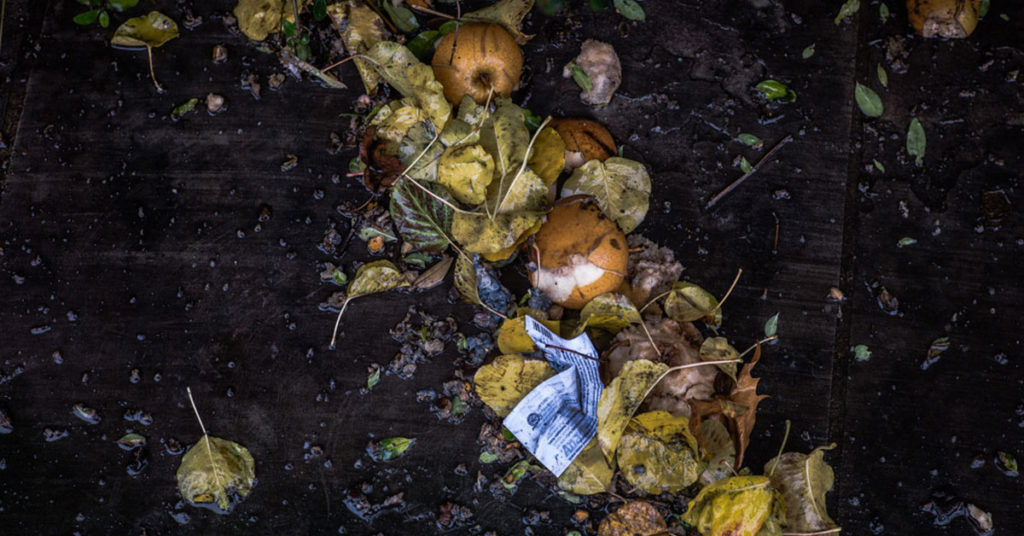
Healthy soil is the foundation of a productive garden, especially in challenging climates. In hot areas, soil can dry out quickly and lose its structure. Adding organic matter such as compost, aged manure, and mulch can improve soil health, water retention, and nutrient availability. These amendments help create a resilient environment for your vegetables.
Incorporate organic matter into your soil before planting and continue to add it throughout the growing season. This not only improves soil texture but also provides a slow-release source of nutrients. Raised beds are another great option for hot climates, as they allow for better soil control and drainage. By focusing on soil health, you give your plants the best chance to thrive in extreme heat!
Use Companion Planting
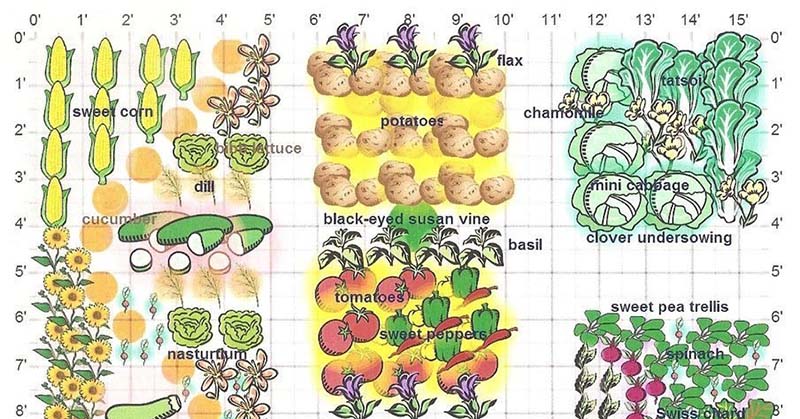
Companion planting is a smart strategy to enhance plant growth and resilience in hot climates. Certain plants can benefit each other by providing shade, improving soil health, or repelling pests. For example, planting basil near tomatoes can improve tomato flavor and deter pests, while marigolds can repel nematodes and other harmful insects.
Consider planting heat-tolerant herbs and flowers alongside your vegetables to create a more diverse and supportive garden ecosystem. One of my favorite combinations is planting beans with corn and squash, known as the “Three Sisters.” The corn provides support for the beans, the beans fix nitrogen in the soil, and the squash shades the ground, reducing moisture loss. Companion planting creates a harmonious garden environment that can better withstand the challenges of hot climates!
Harvest Regularly
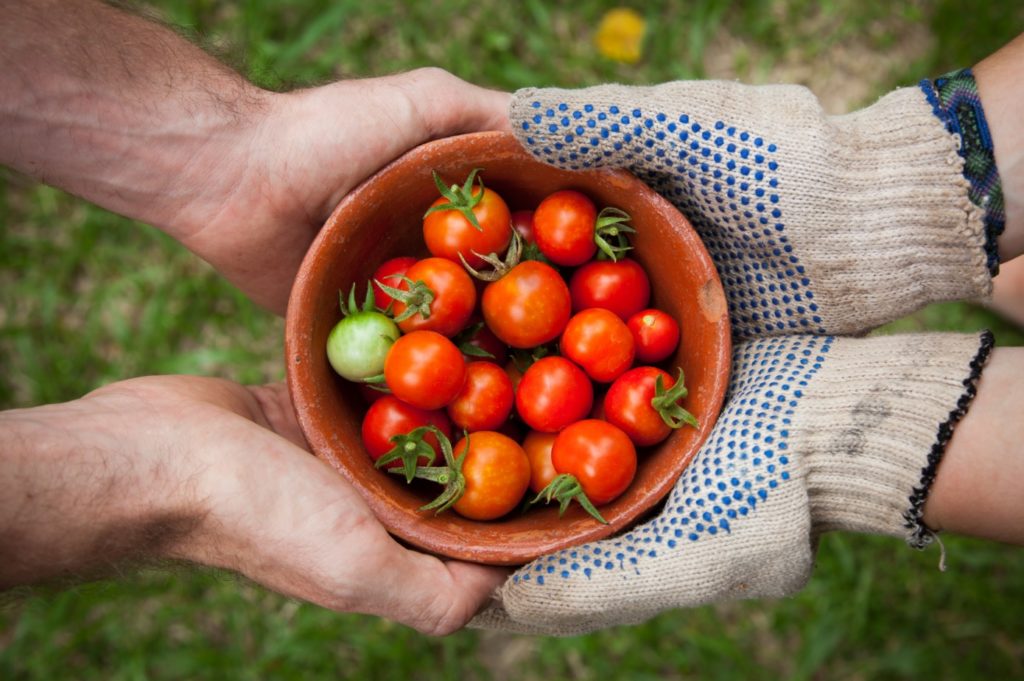
In hot climates, vegetables can mature quickly, so regular harvesting is essential. Frequent harvesting encourages plants to produce more and prevents overripe fruits from stressing the plants. Vegetables like zucchini, beans, and cucumbers should be picked regularly to keep the plants productive.
Check your garden daily for ripe produce and harvest in the early morning when temperatures are cooler. This not only makes the task more pleasant but also reduces stress on the plants. Overripe vegetables left on the plant can lead to diseases and attract pests. Regular harvesting keeps your garden healthy and productive throughout the growing season!
Provide Wind Protection
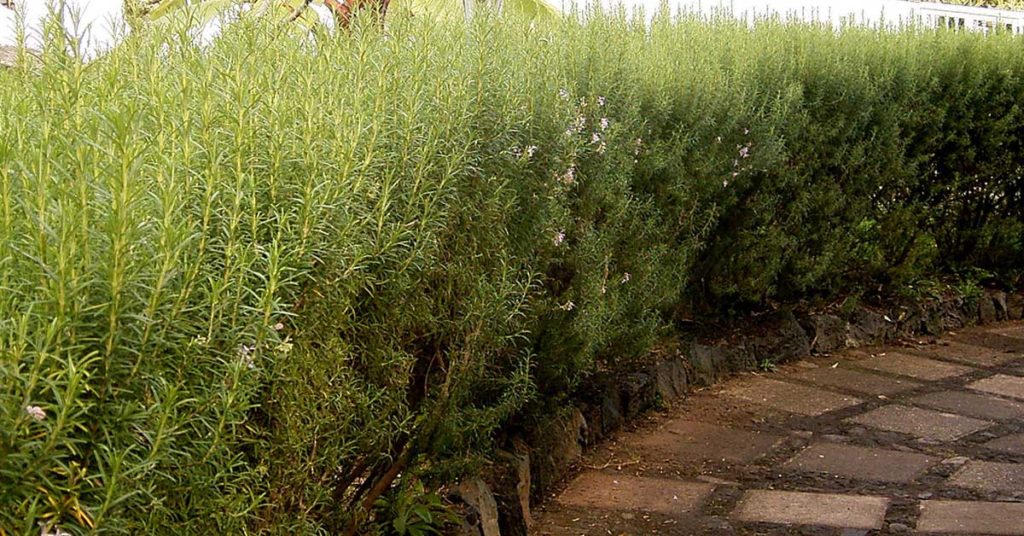
Strong winds can exacerbate heat stress by drying out plants and soil. Providing wind protection can help your vegetables retain moisture and reduce damage from hot, dry winds. Use windbreaks such as fences, hedges, or even temporary barriers like burlap screens to shield your garden.
Planting wind-tolerant shrubs or trees around the perimeter of your garden can create a natural windbreak. Position taller plants strategically to protect more delicate vegetables from direct wind exposure. One of my favorite wind protection methods is to use trellises with vining plants like beans or peas—they create a living windbreak that also adds beauty to the garden. Effective wind protection helps maintain a stable and supportive environment for your vegetables!
Growing vegetables in very hot climates can be challenging, but with the right strategies, you can create a thriving garden. By choosing heat-tolerant varieties, providing adequate shade, mulching generously, watering deeply, improving soil quality, using companion planting, harvesting regularly, and providing wind protection, you can enjoy a bountiful harvest despite the heat.
